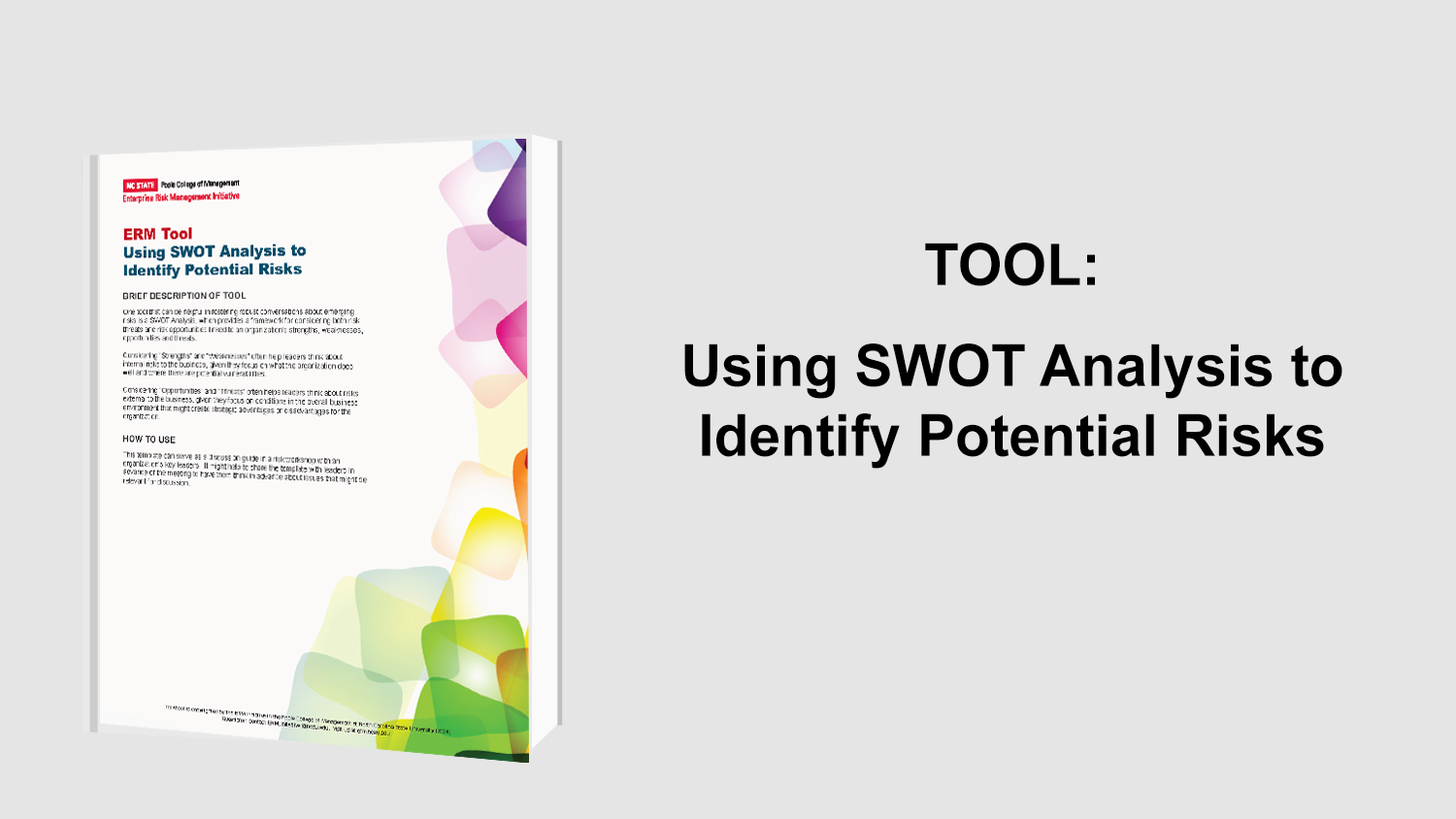Joint Venture Blind Spots and Strategies to Avoid Them
When Best Practices Come Up Short
Forming a joint venture appears to be a promising solution when two or more companies share a common business objective. When a joint venture is successfully developed, parent companies are able to leverage their resources and complementary skills to reach a strategic goal that neither could accomplish alone. Yet, it is estimated that as many as 40 to 60 percent of completed joint ventures underperform or fail completely. This article, “Avoiding blind spots in your next joint venture”, by John Chao, Eileen Kelly Rinaudo, and Robert Uhlaner, McKinsey & Company, discusses how joint ventures can fail even if they are developed using the best practices.
The process of developing a joint venture is complex and requires various groups of individuals and their specific skills to succeed. For simplicity, the process is broken down into five basic stages:
- Designing the business case and internal alignment,
- Developing the business model and structure,
- Negotiating deal terms,
- Designing the operating model and launch, and
- Overseeing ongoing operations.
The Four Blind Spots of Developing a Joint Venture
Joint venture failures are often caused by a lack of cross-process discipline in the business’s planning and implementation. During the multi-step process of development, joint ventures commonly fall prey to four types of pressures.
- Rush to Completion
- Lack of Leadership Continuity
- Declining Parent Involvement
- Insufficient Planning to Respond to Changes in Risk
Rush to Completion
The pressure to get through the development process as quickly as possible comes from a variety of sources including investors, senior executives, and the board. Although these parties rush the joint venture process for understandable reasons, such as staying ahead of trends and meeting fiscal deadlines, the complexity of the joint venture development process is not something that should be rushed. To quicken the process, companies may prioritize steps where less value is at risk, skip over steps completely, or agree with business strategy decisions that are not actually beneficial to the company.
While solutions for this pressure vary by company, the overall consensus is to find ways to balance the pressure to rush through the process with the demands of planning a viable joint venture. This is most effectively done by allocating time and resources proportionately between stages based on the potential to create value.
Lack of Leadership Continuity
Throughout the joint venture development process it is common for companies to lose sight of their business strategy and vision. A lack of leadership continuity is the primary cause of this loss of vision. As the development process moves through each of the five stages, people move in and out of the process to fulfill their separate roles. This constant shift of people and their differing perspectives of the business and its strategies can lead to inadequately defined objectives and loosely aligned priorities.
To offset the discontinuity in leadership, companies may designate a sole senior business-unit executive to be held accountable for the joint venture from the beginning of the process to the end. Additionally, the executive should typically have experience in the company’s strategy and operations.
Declining Parent Involvement
Ideally, company executives are involved in decision-making throughout the entire joint venture process. However, many top executives are only present at the beginning of the joint venture process for involvement in decisions regarding deal terms. This leaves junior executives to make decisions on topics such as the structure, operations, vision, and strategic mindset of the business.
To ensure that the most critical decisions are made correctly and in the best interest of the business, top management needs to be active participants for the duration of the joint venture development process. Another possible option is to front-load all of the critical decisions requiring top management involvement to the beginning of the development process.
Insufficient Planning to Respond to Changes in Risk
Another common mistake parent companies make during the joint venture process is neglecting to address each company’s risk profile, risk appetite, portfolio, and exposure to market risk. Without these conversations, parent companies often enter into less than optimal terms that can leave one or both parent companies open to risks and ultimately undermine the long-term success of the joint venture.
In order to mitigate these risks, parent companies should collaborate and establish contingency plans that allow both parent companies to adapt to risks without harming the joint venture.
Summary
In summary, the joint venture development process contains numerous complexities and relies on various people making the right decisions at the right time. Joint venture success depends heavily on cross-process discipline in business planning and implementation while simultaneously be aware of and counteracting common blind spots.
Original Article Source: “Avoiding blind spots in your next joint venture”, John Chao, Eileen Kelly Rinaudo, and Robert Uhlaner, McKinsey & Company, January 2014
- Categories:
- Types:


